| Something you might want to know about the 1940 Cuban Costitution | ||
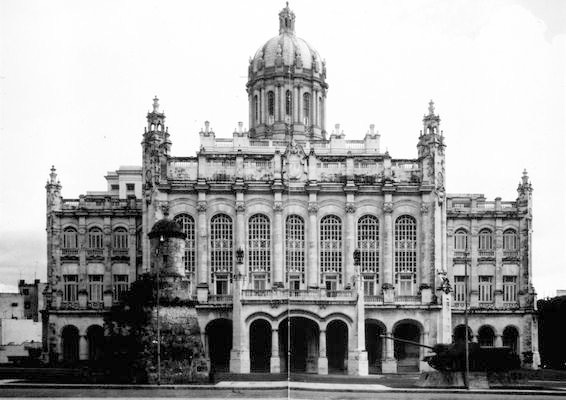 |
||
Presidential
Palace front side, Havana, Cuba |
||
The
1940 Constitution of Cuba, was implemented in 1940, during the presidency
of Federico
Laredo Brú. It was primarily influenced
by the collectivist ideas that inspired the Cuban Revolution of 1933.
Widely considered one of the most "progressive" constitutions
in existence at the time, it provided for land reform, public education,
minimum wage and other leftist ideas. It consisted of 286 articles
in 19 sections and took six months to write. |
||
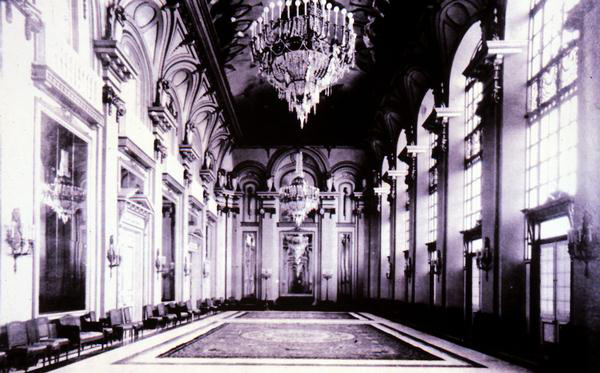 |
||
President
Palace hallway, Havana, Cuba |
||
The Constitution
of 1940, (a) substantiated voting as a right, obligation and function
of the people; (b) endorsed the previously established form of government,
specifically republican, democratic and representative; (c) confirmed
individual rights and privileges including private property rights;
and (d) introduced the notion of collective rights. |
||
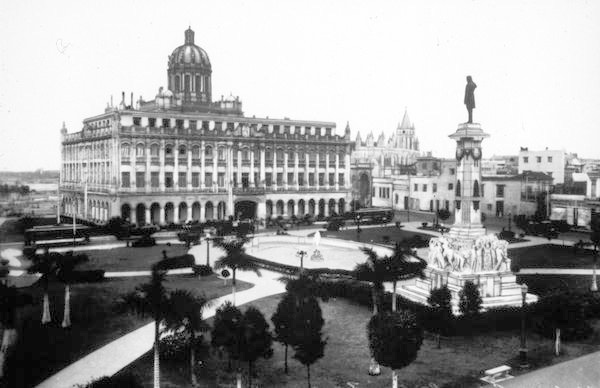 |
||
Presidential
Palace back side, Havana Cuba |
||
Under
the Constitution of 1940, the separation between the three branches
of government remained, but with obvious distinctions. Specifically,(a)
the role of the prime minister was introduced; (b) the executive
branch converted to semi-parliamentary form, where half of its ministers
could also be congressmen; and (c) Congress’ form was changed
to one representative in the house to every 35,000 citizens or greater
fraction of 17,500, and nine senators per province.
|
||
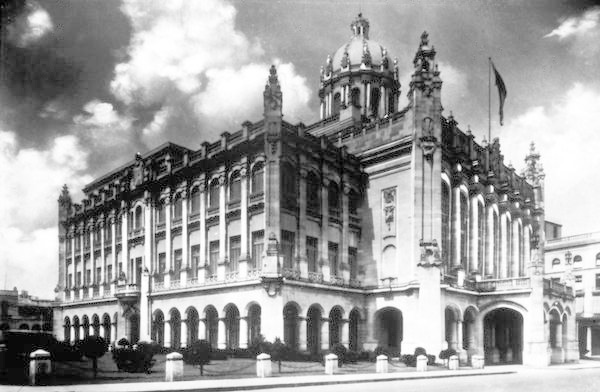 |
||
Presidential
Palace, Havana Cuba |
||
The
Constitution of 1940 ratified the power and separation of the judiciary.
Specifically,
the judicial branch remained autonomous and empowered to nominate
judges and magistrates. Like the Constitution of 1901, and the U.S.
Constitution,
Supreme Court justices were appointed by the president and confirmed
by the senate. In addition, the Constitution of 1940 instituted a
Court of Constitutional and Social Guarantees (the “Constitutional
Court”) under the Supreme Court’s jurisdiction. The Constitutional
Court was empowered to hear labor and constitutional law matters,
and determine remedies for violations thereof. |
||
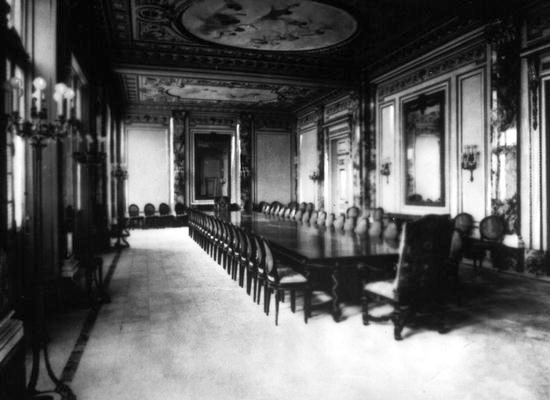 |
||
Presidential
Palace Dining room, Havana Cuba |
||
Under
the Constitution of 1940, (a) provincial government was terminated;
the
provincial counsels, however, endured, but were now comprised of
the mayors of various municipalities incorporated into each province;
(b)
the governor’s power to suspend mayors ceased, while the municipalities
gained the right to tax locally; (c) public expenses and budgeting
at all levels became subject to a ministerial officer under the auspices
of a newly created Court of Public Administration; and (d) a Court
of Public Works was instituted. |
||
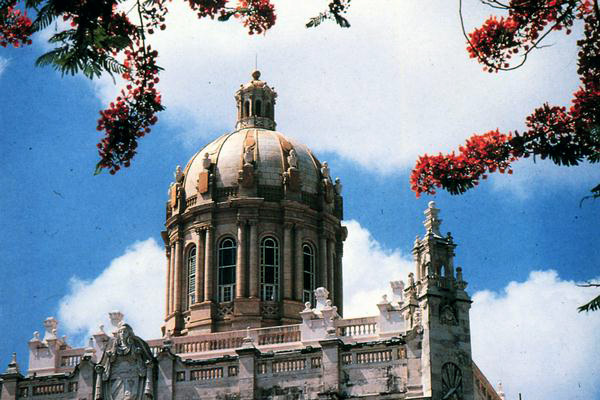 |
||
Presidential
Palace Tower, Havana Cuba |
||
The
constitutional amendment clause was very strictly enforced in the
Constitution of 1940. Title XIX, article 285 (a)-(b)
of the Constitution
of 1940, required a constitutional convention to modify the language
of the Constitution. Congress, however, was authorized to make
minor reforms to the document; provided, however, that the
following requirements
were adhered to: (a) quorum (joint session); (b) two thirds vote
of the total number of legislators; and (c)“doble consideración” or
consideration of the proposed amendments at two consecutive legislative
sessions. |
||
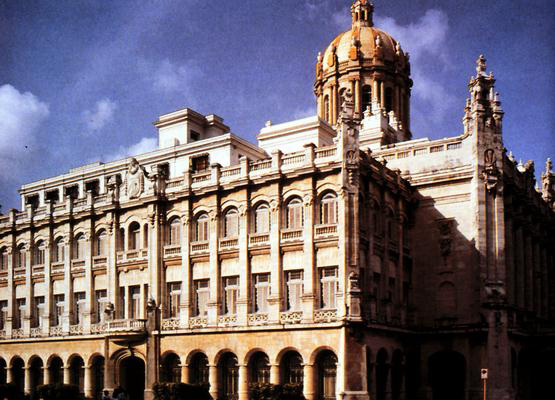 |
||
Presidential
Palace back side, Havana, Cuba |
||
Additionally,
the Constitution of 1940 could also be reformed via a referendum
clause. The most notable difference between the Constitution of 1901
and the
Constitution of 1940 was the addition of constitutional protection
for issues relating to family, culture, property and labor. Without
constitutional antecedents and expertise in the area of protection
of social rights, the drafters of the Constitution of 1940 sought
guidance from Spain’s “Constitución de la Segunda República
Española” and Germany’s “Weimar Constitution.” The
Constitution of 1940 was only in effect for 12 years. |
||
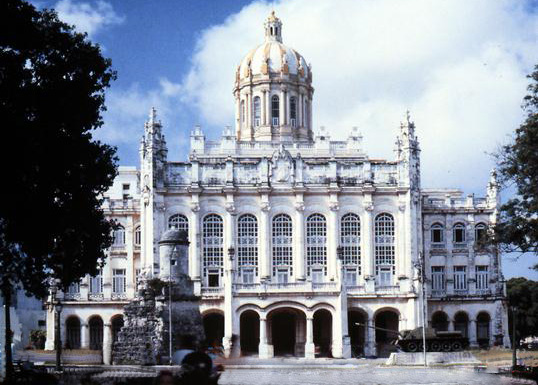 |
||
Presidential
Palace front side, Havana, Cuba |
||
Following
a coup d'etat by Fulgencio Batista in 1952, parts of this constitution
were suspended. Prior to the triumph of the Cuban Revolution, Fidel
Castro and the other revolutionaries, through the Manifiesto of the
Sierra [1], claimed that their chief goal was to reinstate the Constitution
of 1940. However, the revolutionaries reneged on their promise and
abrogated the Constitution of 1940 once in power. |
||
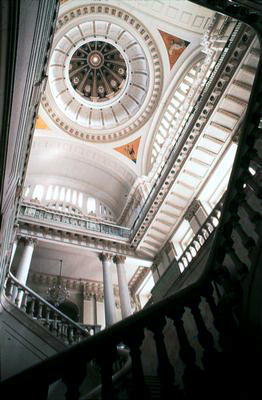 |
||
Presidential
Palace stairway, Havana, Cuba |
||
| The signers of this Constitution were: | ||
| Carlos Márquez Sterling y Guiral, President of the Constitutional Convention | ||
| Alberto Boada Miquel, Secretary the Constitutional Convention | ||
| Emilio Núñez Portuondo, Secretary the Constitutional Convention | ||
| Salvador Acosta Casares | ||
| Francisco Alomí y Álvarez de la Campa | ||
| Rafael Álvarez González | ||
| José R. Andréu Martínez | ||
| Manuel Benítez González | ||
| Antonio Bravo Acosta | ||
| Antonio Bravo Correoso | ||
| Fernando del Busto Martínez | ||
| Juan Cabrera Hernández | ||
| Miguel Calvo Tarafa | ||
| Ramiro Capablanca Graupera | ||
| José Manuel Casanova Diviño | ||
| César Casas Rodríguez | ||
| Romárico Cordero Garcés | ||
| Ramón Corona García | ||
| Felipe Correoso y del Risco | ||
| José Manuel Cortina García | ||
| Miguel Covula Llaguno | ||
| Pelayo Cuervo Navarro | ||
| Eduardo Rene Chibás Rivas | ||
| Francisco Dellundé Mustelier | ||
| Mario E. Díhigo | ||
| Arturo Don Rodríguez | ||
| Manuel Dorta Duque | ||
| Nicolás Duarte Cajides | ||
| Mariano Esteva Lora | ||
| José A. Fernández de Castro | ||
| Orestes Ferrara Marino (Orestes Matacena's Granduncle) | ||
| Simeón Ferro Martínez | ||
| Manuel Fuego Suárez | ||
| Adriano Galano Sánchez | ||
| Salvador García Agüero | ||
| Félix García Rodríguez | ||
| Quintín Jorge Vernot | ||
| Ramón Granda Fernández | ||
| Ramón Grau San Martín | ||
| Rafael Guas Iclán | ||
| Alieda Hernández de la Barca (a woman) | ||
| Alfredo Hornedo Suárez | ||
| Francisco Ichiazo Macias | ||
| Felipe Jay Raoulx | ||
| Emilio A. Laurent Dubet | ||
| Amaranto López Negrón | ||
| Jorge Mañach Robato (Orestes Matacena's cousin) | ||
| Juan Marinello Vidaurreta (Communist Party) | ||
| Antonio Martínez Fraga | ||
| Joaquín Martínez Sáenz | ||
| Jorge A. Mendigutía Silveira | ||
| Manuel Mesa Medina | ||
| Joaquín Meso Quesada | ||
| Gustavo Moreno Lastres | ||
| Eusebio Mujal Barniol | ||
| Delio Núñez Mesa | ||
| Emilio Ochoa Ochoa | ||
| Manuel A. Orizondo Caraballé | ||
| Manuel Parrado Rodés | ||
| Juan B. Pons Jané | ||
| Francisco José Prieto Llera | ||
| Carlos Prío Socarrás | ||
| Santiago Rey Perna | ||
| Mario Robau Cartaya | ||
| Blas Roca Calderio (Communist Party) | ||
| Primitivo Rodríguez Rodríguez | ||
| Esperanza Sánchez Mastrapa (a woman) | ||
| Alberto Silva Quiñones | ||
| César Vilar Aguilar | ||
| Fernando del Villar de los Ríos | ||
| María Esther Villoch Leyva (a woman) | ||